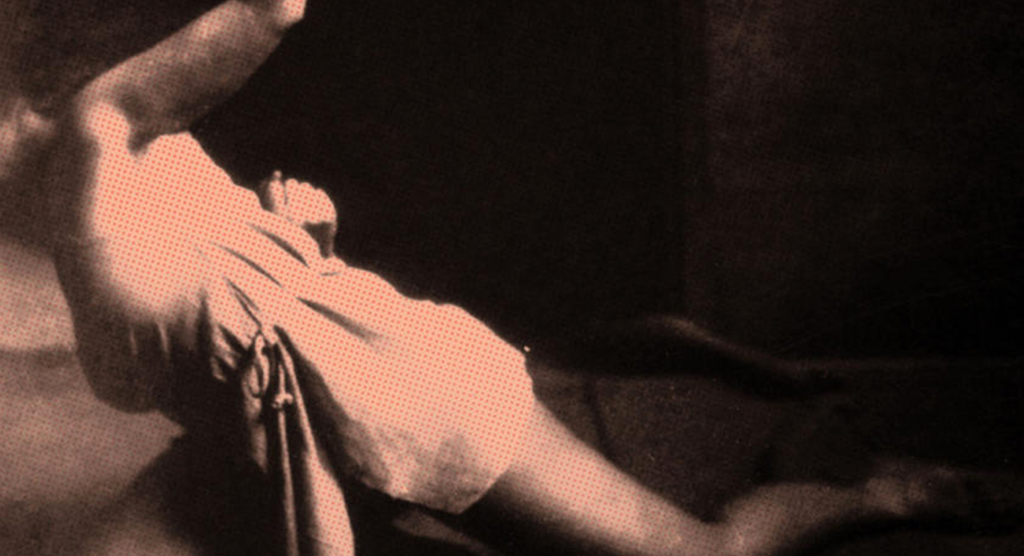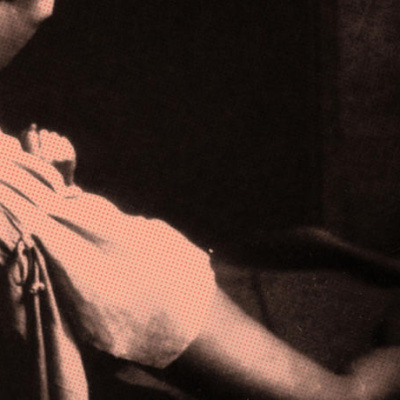steirischer herbst's 2016/17 exhibition imagines the migration of cultural signs across borders, of body language as the signs carried on our backs, even if it is the only luggage we are able to carry.
When everything can be confiscated from those in flight the body is turned into an archive, where experience and memory are inscribed. Everything a person has experienced, all that he or she is or has been, is inscribed on their body, a body that cannot simply be taken off. How are artistic vocabularies relayed across geographical and temporal boundaries? And what specific artistic objects result from this multiple migration?
From the particularities of historical continuities the exhibition questions art historical methods, engaging with various attempts to contain world art history. Enlightenment attempts to find geographical continuity have been critically dismantled, just as ethnography and the discipline of anthropology were so much born from the colonial enlightenment encounter. Yet, as a form of thinking – with unique textual-visual methods – several works in the exhibition seek how art historical methods may be put to wider avant-garde political potential.
By placing history alongside artistic mutations the exhibition asks how avant-garde forms are transmitted or provoked. Why does an Austrian choreographer in the 30s, forced to flee from the Nazi regime to Bombay, exchange the word “dance” for “body movement”? What induces an artist, after six years in prison, to engage in ancient forms of dance as a basis for pioneering performance art in Myanmar under the dictatorship of the 90s? Why does an artist consider the body parts from mass graves in Bosnia suitable for seeking a non-identitarian politics of memory?
Indian-born curator, art historian and co-founder of Clark House Initiative, Zasha Colah’s work frequently focuses on questions of cultural legacy in precarious circumstances. Before co-curating the Pune Biennale 2017 she has invited a number of artists to join her in Graz and probe the field of tension between art and the often extreme social conditions by which it is determined.

